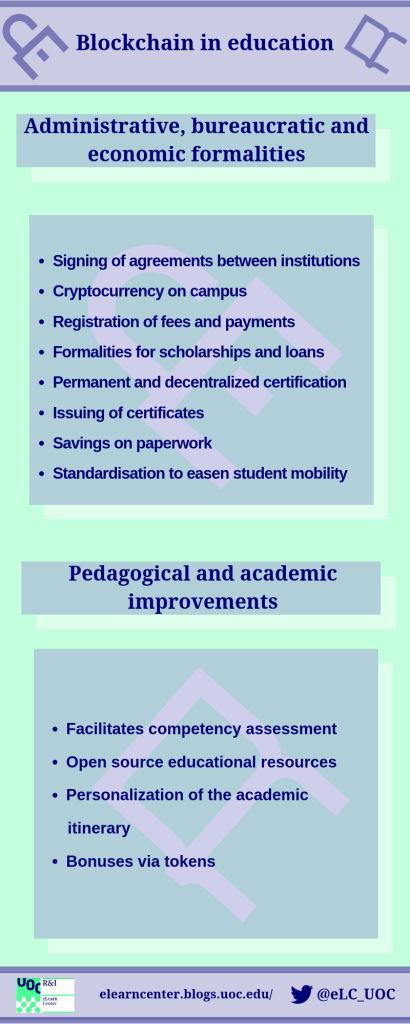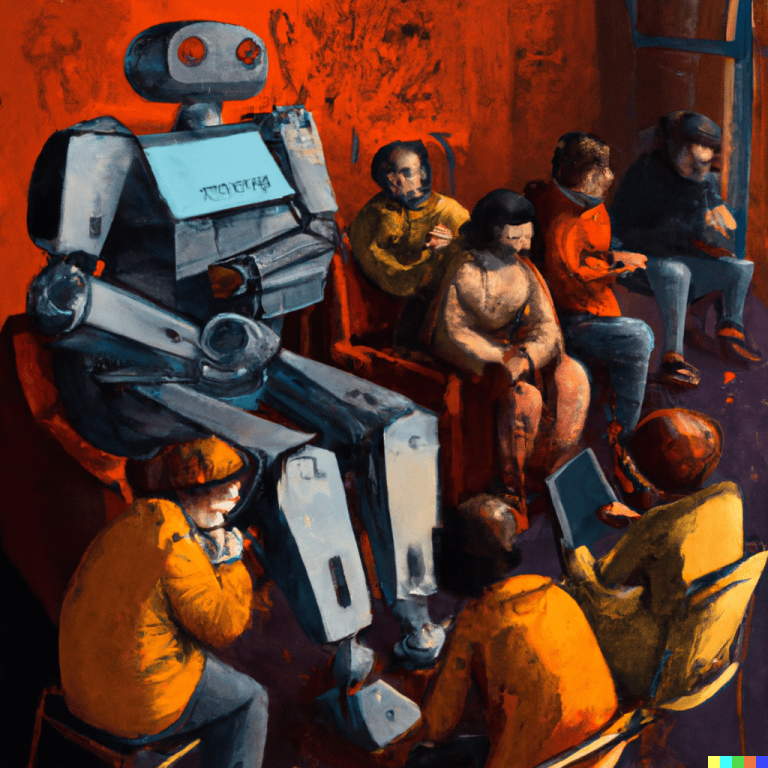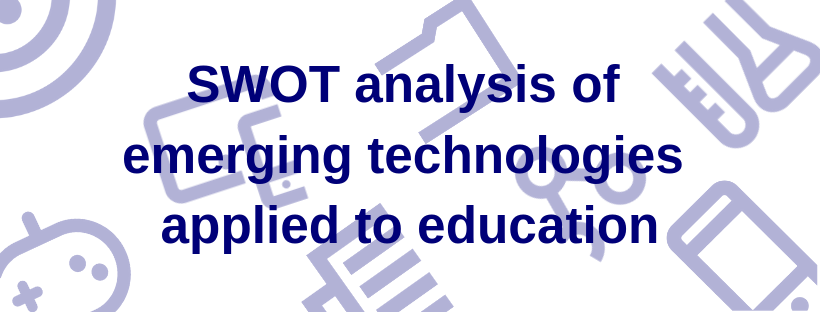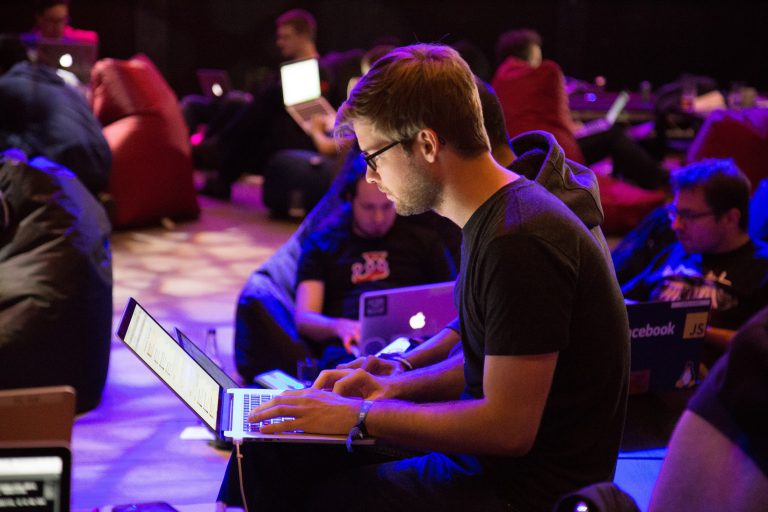Blockchain in education
6 September, 2019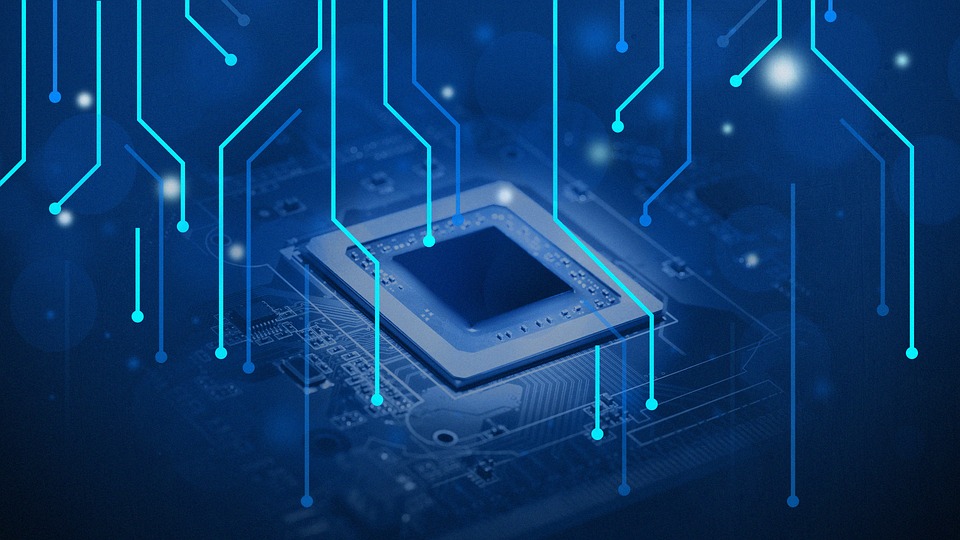
What is blockchain
The blockchain is a large and global encrypted database which attends the need for decentralization and security of processes common to citizens and businesses, ending the monopoly or oligopoly of information by the entities that managed that information. In this kind of miraculous and universal solution, a set of individual records called “blocks” are united in a list or “chain” that cannot be modified, being validated by various computers through the Internet. We are talking about a large, decentralized, encrypted and open book of records, where various agents control the veracity of the data and ensure its incorruptibility. Its use includes the transaction of cryptocurrencies, the decentralized programming, the registration of taxes and a long etcetera of transactions of all kinds.
Blockchain in education
In the field of education, its application is multiple, and two fields must be distinguished here. On the one hand, that of the administrative, bureaucratic and economic procedures and, on the other, that of the application itself in terms of pedagogy and curriculum. Within the first, we find the signing of agreements between institutions by means of intelligent contracts, the use of cryptocurrencies on the university campus, the registration of fees and payments, the processing of scholarships and loans for students, the permanent and decentralized certification of student’s accreditations, the delivery of diplomas, the economic saving in procedures and transactions and a desirable standardization that would facilitate mobility between centers. In the second area, the implementation of Blockchain can facilitate the evaluation by competencies, the use of open source resources, the personalization of the student’s academic path, the bonification through tokens or value units, etc.
Current phase
We could affirm that we have overcome the experimental phase and we are now witnessing the moment of its great and definitive deployment. The development of Blockchain technology is advancing rapidly and reaching an ever-increasing audience. This greater accessibility facilitates the emergence of new areas for its application, such as the secure signing of contracts or the privacy of medical records.
Blockchain in online training. The case of the UOC
The UOC is carrying out tests for the future application of the Blockchain. The most interesting uses for the institution, today, are the student competency register and the digital certificates. This technology can offer a lot of help to Higher Education Institutions, but as with Learning Analytics, online institutions have intrinsic characteristics that make them certainly inclined to adopt these advances.
A revolution in the education system
Blockchain’s registration applications will provide convenience and standardization in the medium and long term. This is due to the fact that it will greatly facilitate and accelerate the processes of validation and delivery of diplomas and certificates, as well as the validation and recognition of credits and qualifications between institutions and countries. It could even change the way students’ scores and achievements are recorded. In the field of research, it will enable the recording of documents to ensure academic intellectual production.
Benefits for the student
The student will benefit from greater ease in carrying out bureaucratic and administrative procedures, more speed in the issuing of certificates and greater confidentiality. If applied at the pedagogical level, the student could also receive the benefits of Blockchain with the personalization of the curricular path and the certification by competencies. With regard to job interviews, it will be easier to demonstrate the academic qualifications.
Usefulness for teachers
These processes may help teachers to speed up some administrative processes related to academic transcripts. The teachers of those centres that work with rubrics, qualification by competences, etc. will have an ideal resource for their formalization and, in addition, this information may pass from one course to another, or even circulate between centres. This would work as an introductory letter to inform the teachers about the student’s features. It would help to detect the students’ strong points and those that it would be advisable to reinforce at the beginning of the course.
Lifelong and competency-based learning
We are still in a very incipient phase of Blockhain’s implementation and it is to be seen how it will evolve and how it will influence schools, not only in higher education, but at all levels. We dare to say, beforehand, that it will influence very positively, especially highlighting the aforementioned facilitation and speeding of procedures for expedition of certificates, the recognition of subjects and even degrees between countries and the resulting fees. In terms of competency-based learning, it will facilitate the recording of the results of the rubrics, allowing a (necessary) standardisation between centres in the long run. In relation to the two areas of the question, it is important to highlight the use of this technology in relation to certifications through badges and to microlearning, providing formal and also informal training with greater officiality and security.
Uncertainty about its implementation
Some of the dangers of Blockchain are that it is still an emerging little tested technology on a global scale, a lack of standards that we assume will emerge to work within a framework of standardization and homogeneity, the possible security failures or hacking dangers, an accidental dissemination of information, etc. Perhaps all of them should rather be in the field of weaknesses and threats. In order to be able to effectively verify its goodness, there is still a need for large-scale adoption which must be accompanied by trust on the part of institutions and users as well as knowledge of all that it can offer.
To conclude
The blockchain seems to be a safe bet for the moment but we are just contemplating the beginning of its development and implementation in companies and institutions. It will take some time for us to make more reliable guesses, but, if replaced, we can figure out that it would be by a similar but improved technology or process. It will depend on the future technological developments. It seems by the moment that some events will have to emerge for an alternative path to be developed.


